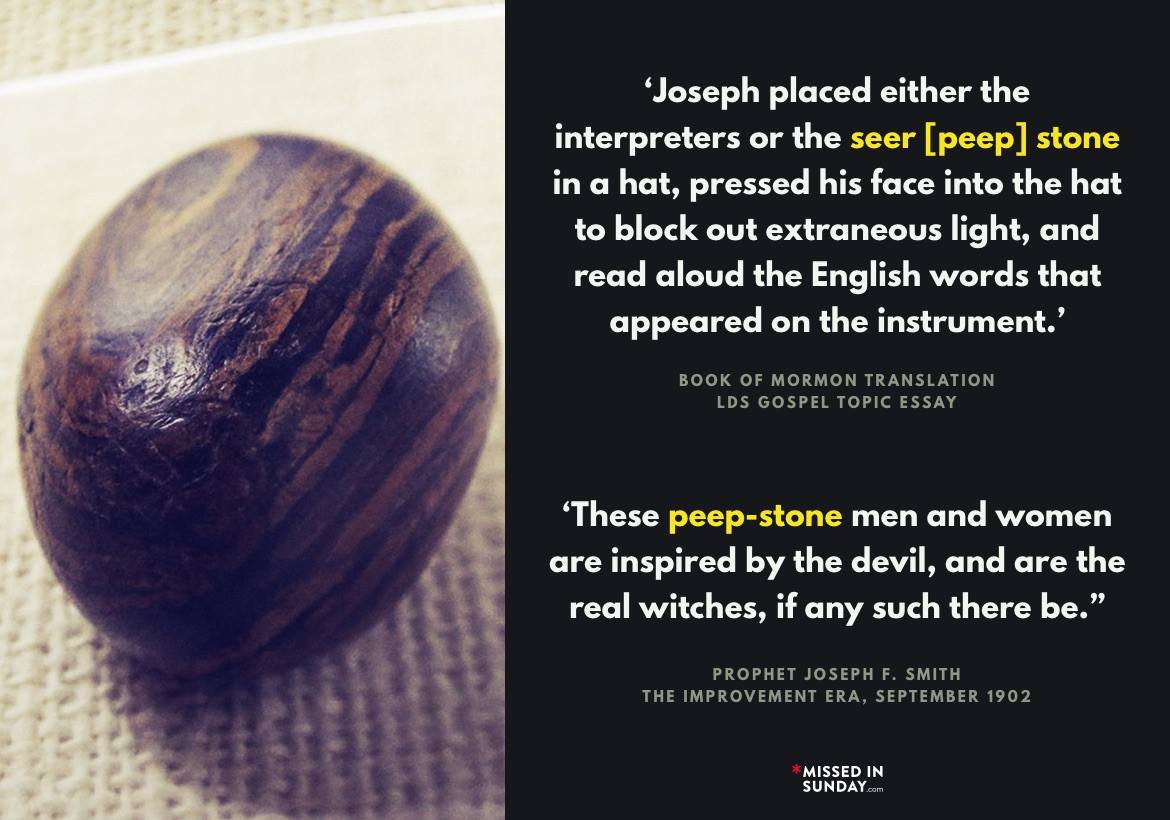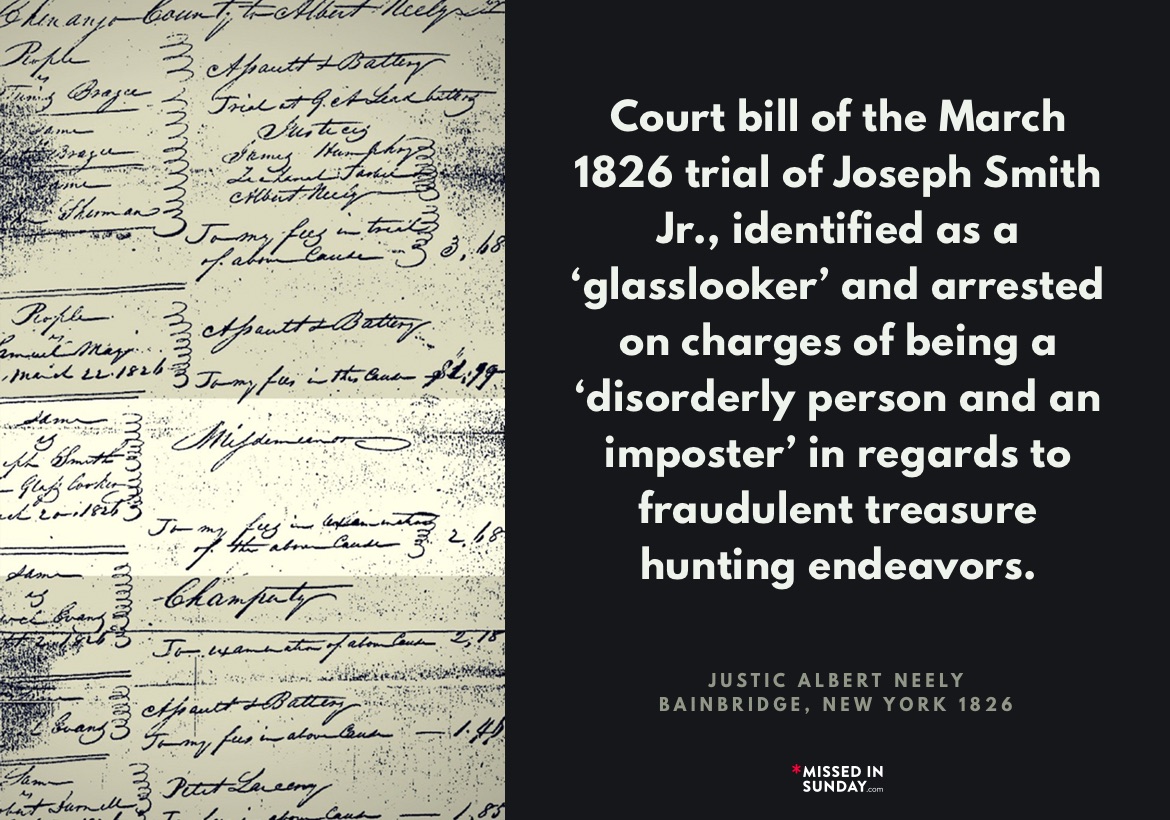Excerpt from ‘Book of Mormon Translation’, LDS Gospel Topic Essay: 1
“Nevertheless, the scribes and others who observed the translation left numerous accounts that give insight into the process. Some accounts indicate that Joseph studied the characters on the plates. Most of the accounts speak of Joseph’s use of the Urim and Thummim (either the interpreters or the seer stone), and many accounts refer to his use of a single stone. According to these accounts, Joseph placed either the interpreters or the seer stone in a hat, pressed his face into the hat to block out extraneous light, and read aloud the English words that appeared on the instrument.”
Excerpt from ‘The Improvement Era’, September 1902, Prophet Joseph F. Smith: 2
“One individual can not place an affliction upon another in the way that these soothsayers would have the people believe. It is a trick of satan to deceive men and women, and to draw them away from the Church and from the influence of the Spirit of God, and the power of his holy priesthood, that they may be destroyed. These peep-stone men and women are inspired by the devil, and are the real witches, if any such there be. Witchcraft, and all kindred evils, are solely the creations of the superstitious imaginations of men and women who are steeped in ignorance, and derive their power over people from the devil, and those who submit to this influence are deceived by him. Unless they repent, they will be destroyed. There is absolutely no possibility for a person who enjoys the Holy Spirit of God to even believe that such influences can have any effect upon him. The enjoyment of the Holy Spirit is absolute proof against all influences of evil; you never can obtain that Spirit by seeking diviners, and men and women who “peep and mutter.”
References
| 1 | Book of Mormon Translation, LDS Gospel Topic Essay – https://www.lds.org/topics/book-of-mormon-translation?lang=eng |
|---|---|
| 2 | The improvement Era, September 1902, Prophet Joseph F. Smith – https://archive.org/details/improvementera0511unse |


